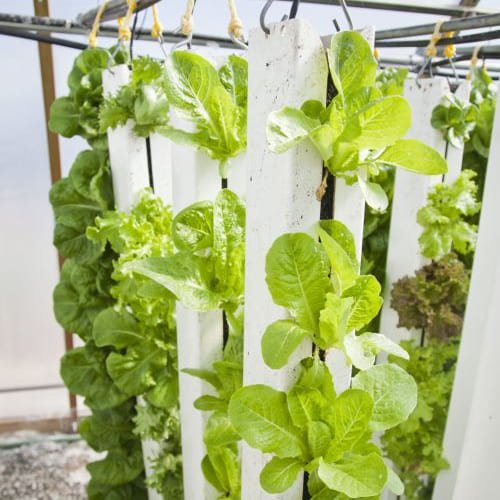Rambutans are exotic fruits with a sweet, juicy interior that can instantly transport you to a tropical paradise. But let’s face it, the joy of eating rambutan is only as good as its freshness. A spoiled rambutan can ruin your experience—or worse, make you sick.
So how do you know if your rambutan has gone bad? Here are 7 practical signs to watch for, along with tips on how to spot them like a pro.
Let’s dive into the details to make sure you never have to second-guess your rambutan again.
1. The Skin Is Dull and Dry
A fresh rambutan’s skin should look vibrant, with bright red, yellow, or orange hues depending on the variety. Its hairy spikes, or “hairs,” should also feel firm and slightly flexible. When the skin becomes dull, brown, or shriveled, it’s a clear indicator that the fruit is past its prime.
How to Identify: Check for dryness around the spikes or wrinkles on the skin. If the rambutan feels more like paper than fruit, it’s time to toss it. Fresh rambutan should have a slight sheen to its surface and a taut texture that suggests juiciness within. If the skin looks tired and lifeless, the fruit likely is too.
2. The Spikes Have Turned Black
One of the easiest ways to tell if a rambutan is spoiled is by examining its spikes. Fresh rambutan spikes are often greenish or reddish, depending on ripeness. If the spikes are blackened or feel brittle, the fruit has likely gone bad.
How to Identify: Gently press the spikes. If they crumble or feel soft and mushy, you’ve got a spoiled rambutan on your hands. The spikes not only indicate freshness but also serve as a protective barrier for the fruit. Blackened spikes suggest that the rambutan has been exposed to moisture or air for too long, speeding up its decline.
3. It Smells Off
Fresh rambutans have a light, fruity aroma. If your rambutan emits a sour, fermented, or otherwise unpleasant odor, it’s a sign that the fruit has started to rot.
How to Identify: Always smell the fruit before eating it. If you detect even a hint of sourness or a vinegary smell, don’t risk it—throw it away. Rambutan’s delightful fragrance is part of its charm, and an off-putting smell can ruin the anticipation of its sweet flavor.

4. The Flesh Is Slimy
The inside of a rambutan should be juicy and firm, with a texture similar to a peeled grape. If the flesh feels slimy, gooey, or mushy, it’s no longer safe to eat.
How to identify: Peel the fruit and examine the flesh. Slimy rambutan is a major red flag and should be discarded immediately. Even if the outer skin looks fine, the sliminess of the flesh can indicate internal spoilage that isn’t always visible from the outside.
5. There Are Mold Spots
Mold is an obvious sign that your rambutan is no longer edible. Mold usually appears as white, blue, or green patches on the skin or flesh.
How to identify: Inspect the fruit carefully, especially if you’ve stored it for a while. Even a small amount of mold means it’s time to say goodbye to that rambutan. Mold not only affects the appearance but can also alter the flavor and texture of the fruit, making it entirely unappetizing.
6. It Feels Too Soft or Too Hard
A fresh rambutan should have a slight give when you press it, but it shouldn’t feel squishy or rock-hard. Overripe rambutans become mushy, while under-ripe ones harden over time instead of ripening properly.
How to identify: Hold the fruit in your hand and give it a gentle squeeze. If it feels like a deflated balloon or a hard pebble, it’s better to avoid it. Texture is key when assessing rambutan freshness, so trust your hands as much as your eyes.
7. It Tastes Sour or Fermented
If you’ve already bitten into a rambutan and it tastes sour or fermented, spit it out immediately. Fresh rambutan has a mildly sweet flavor; anything tangy or vinegary is a sign of spoilage.
How to identify: Always taste-test cautiously if you’re unsure. Trust your taste buds—they’ll tell you when something’s off. A sour rambutan can be disappointing, but identifying this sign early will save you from ruining your snack time.
Final Thoughts
Rambutan is a delightful treat when fresh, but knowing how to spot signs of spoilage is crucial to enjoying this exotic fruit safely. By checking the skin, spikes, smell, texture, and taste, you can confidently decide whether your rambutan is still good to eat. Remember, it’s always better to be cautious than to risk eating spoiled fruit.
What’s your go-to method for checking if a rambutan is fresh? Share your tips in the comments below! With these practical insights, you’ll be a rambutan pro in no time, ready to savor every juicy bite of this tropical delight.



